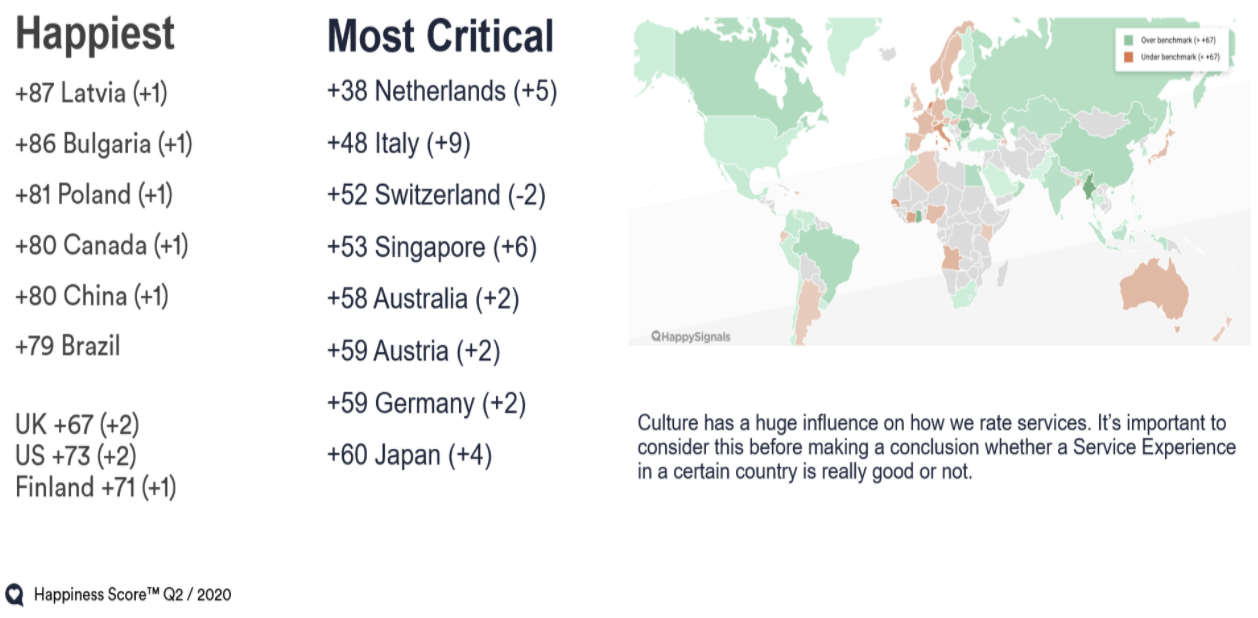The common challenges in driving EX
May 26 · 10 min read

When looking to improve the employee experience (EX) within your organization, it’s important to appreciate that the size of your organization will likely make a big difference. That the challenges in driving EX within a small and medium-sized enterprise (SME) will differ from those in a large enterprise. There will, of course, be many challenges that straddle both organization types—reflecting that there are some organizational-change issues that manifest themselves in organizations of all sizes and across all industries and geographies.
Differentiating the EX challenges for SMEs
How employees feel about their employer and their working environment will, of course, be influenced—both positively and negatively—by the very nature of SMEs. For example, employee ambitions and in-company career advancement might be limited by there being fewer roles and thus fewer opportunities to progress in an SME.
The quality of workspaces, in particular the ability of the work environment to facilitate or impede employee productivity, is also possibly harder to improve in SMEs. In fact, according to a Forrester Consulting paper, “SMBs: Your Tech Choices Impact the Employee Experience, Whether You Plan for It or Not,” “A large part of how employees feel at work is related to their ability to get their most important work done. That is why 78 percent of productive employees are satisfied at work, while only 23 percent of employees who are not productive say they are satisfied.”
Some of the challenges in driving EX within SMEs relate to areas that are likely impacted by technology investments. For example, the equipment, applications, and services available to employees that actively contribute to their ability to get work done and thus the EX. Referring to the Forrester survey again, “More than 80 percent of productive employees are satisfied with their experience using work devices, and only 47 percent of less productive employees feel the same.” Plus, there’s the level of IT support maturity to consider—which again impacts employees and their ability to work unimpaired by IT issues. Where “Seventy-six percent of productive employees are satisfied with the device IT support, and only 42 percent of less productive employees feel the same.”
The suitability of IT provisioning and support is a serious challenge for any SME looking to improve EX. Especially when SME employees are limited to desktop PCs and the use of on-premises applications.
There are other potential financially related issues to recognize . For example, SMEs simply might not have the available resources to improve EX, especially given the short- to medium-term commercial impact of the COVID-19 crisis. These resources may include internal staffing, better IT equipment, or access to industry research on EX. Or the ability to employ third parties to advise on EX—from initial planning to execution—to both leverage industry best practice and shortcut the associated learning curve (including common mistake avoidance).
On the upside, in terms of the factors that positively affect EX, employees at SMEs might have greater flexibility at work, thanks in part to the absence of formalized business practices. In fact, according to the Forrester Consulting paper, “74 percent of employees believe they have the freedom to decide how best to do their job. In fact, the smaller the company size, the more likely employees agree with this statement.” They might also have the opportunity to undertake a wider range of activities that make their roles both more challenging and rewarding.
Differentiating the EX challenges for large enterprises
At the other end of the spectrum, large enterprises often experience EX improvement challenges related to their size. Because it’s harder to deliver a better EX at scale, with more people involved in both delivering and receiving that better EX. The bottom line is that there are more hearts and minds to change, especially when there are locational and siloed working barriers to traverse.
Geography plays its part too. The spread of large enterprises across global regions brings local cultures and differing employee expectations into play (potentially along with language-based challenges). For example, both employee expectations of service experience and the attitudes of those who serve differ across country boundaries. There might also be differences in operating practices that impact EX.
The following incident-handling data from HappySignals shows how EX—in the form of employee happiness—currently differs by country. Please note that HappySignals is quick to point out how culture impacts how employees rate the services they receive.

In larger organizations, there are also often compliance (and perhaps even regulatory) considerations to address. So, there’s a chance that the offered EX is adversely affected by governance, risk, and compliance (GRC) measures in the same way that overzealous information security policies can more obviously damage the ability of employees to get their work done in a frictionless way.
On the upside, though, larger organizations are more likely to be already periodically checking the pulse of employee opinion, both in terms of regular employee surveys (or other employee-listening facilities) and formal employee review mechanisms. So, they have a better chance of understanding the need for change. They’re also likely to be better positioned, in resource terms, to be able to invest in and progress their EX-improvement initiatives.
Appreciating the common EX challenges and the associated need for action
While there are many differences between SMEs and large enterprises, and the challenges they face in driving EX improvement, there are also many common challenges to consider and address. These include those listed in the table below:
|
|
|
|
|
|
|
|
|
|
|
|
Conclusion
So, no matter the size of our organization, there are a variety of challenges that will need to be surmounted for EX improvement. Some are more applicable to SMEs, some to large enterprises, and others are relevant to all organizations. The important thing is to understand that these challenges, or hurdles, will be there to be traversed, with appropriate actions required to minimize—or even negate—their impact on the required change. The use of expert third-party EX assistance, as mentioned above, will definitely help in both identifying the potential issues and applying suitable solutions, with the “going it alone” option for EX improvement likely not the money-saving option you think it will be for both SMEs and large organizations alike.
